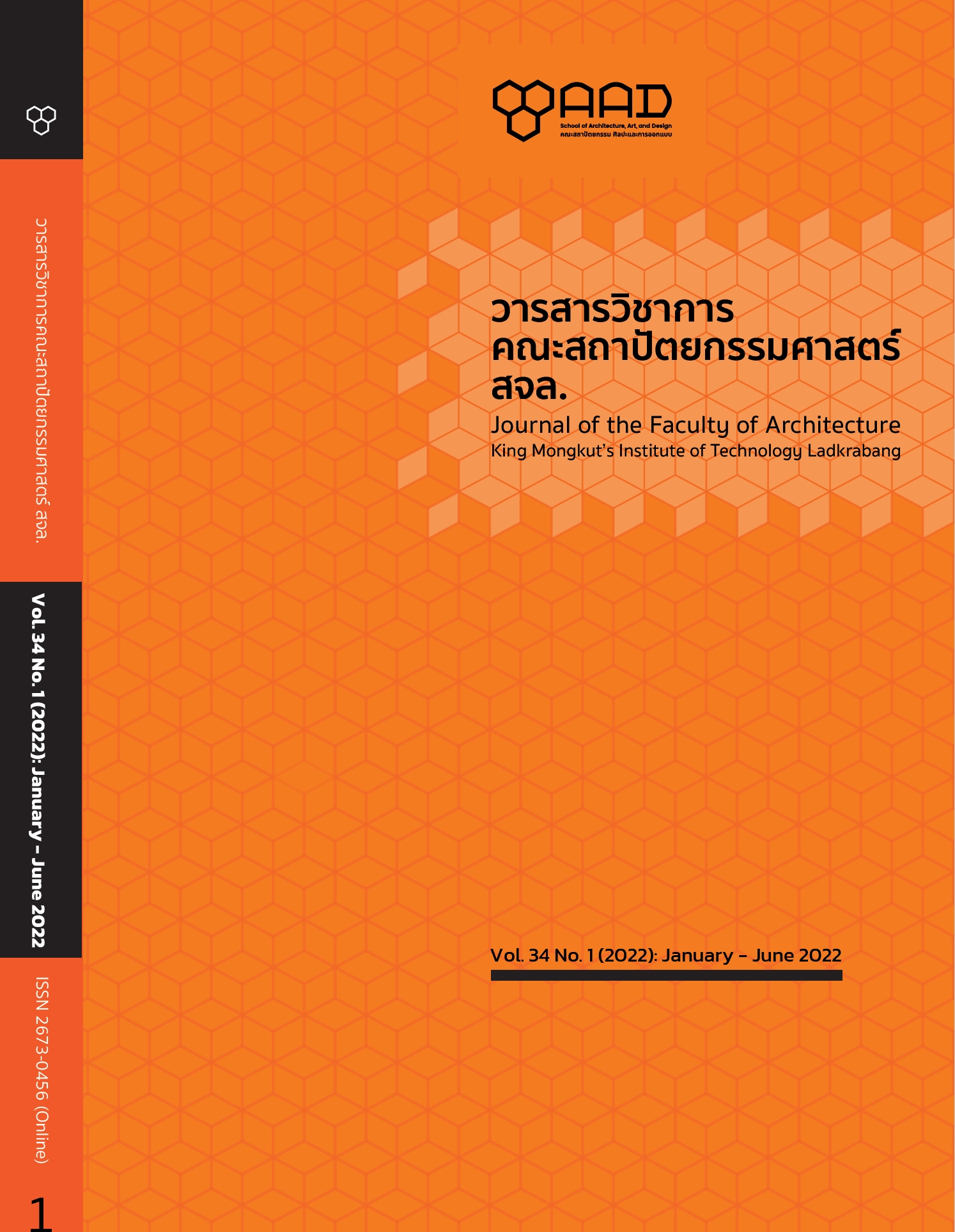Emotional Design in Thai-Applied Products
Main Article Content
Abstract
This article explains how we bring emotional design into Thai-Applied Art Product design through the three levels of sensing reflections; visceral, behavioral, and reflective that affect product and user design. This approach will allow designers to understand the emotional impact each design has on consumers. The role of the designers is to question deeper than just the design function, for example, why the luck- or fortune-based designs have gained popularity in the market without any functional purpose nor complexity. Unlike the Form Follow Function framework, this helps equip the designers with more ways to gain insight in both the design and consumer market.
This article starts with documentary research along with observation form then create findings and themes using Focus Group as the main method. Our samples are divided into two groups; Thai Applied product design which is adapted to be contemporary and Emotional-Based product design with hidden meaning. The former is categorized based on Clifford’s geography and ethnicity in accordance with Semiotics Square. After the study, this research concludes that there is a correlation between emotional design and the user’s experiences and memories. This indicates how the product is a communication medium between designers and users. For Thai Applied Product design, there is a linkage between the product and the user’s way of life and shared experiences at a certain time or between the past and the present. It reflects their collective perspectives and beliefs therefore it takes into account the relationship of emotional perception with the product and the user. It is to bring what people have in common society to interpret and use in design that can be communicated through the product. Both in terms of appearance, usage and design meaning. With this profound finding, It benefits the designers to have a full grasp of their targeted consumers especially in this highly competitive consumer-centric world.
Article Details

This work is licensed under a Creative Commons Attribution-NonCommercial-NoDerivatives 4.0 International License.
This work is licensed under a Creative Commons Attribution-NonCommercial-ShareAlike 4.0 International License.
Copyright Transfer Statement
The copyright of this article is transferred to Journal of The Faculty of Architecture King Mongkut's Institute of Technology Ladkrabang with effect if and when the article is accepted for publication. The copyright transfer covers the exclusive right to reproduce and distribute the article, including reprints, translations, photographic reproductions, electronic form (offline, online) or any other reproductions of similar nature.
The author warrants that this contribution is original and that he/she has full power to make this grant. The author signs for and accepts responsibility for releasing this material on behalf of any and all co-authors.
References
กาญจนา นาคสกุล. (2552). ภาษาไทย: ชุดคำไทย. กรุงเทพฯ: สมาคมครูแห่งประเทศไทย.
ประชา สุวีรานนท์ และเกษียร เตชะพีระ. (2554). อัตลักษณ์ไทย: จากไทยสู่ไทย ๆ. นนทบุรี: สำนักพิมพ์ฟ้าเดียวกัน .
ราชบัณฑิตยสถาน. (2550). พจนานุกรมคำใหม่ เล่ม 1 ฉบับราชบัณฑิตยสถาน. กรุงเทพฯ: ราชบัณฑิตยสถาน.
ราชบัณฑิตยสถาน. (2556). พจนานุกรมฉบับราชบัณฑิตยสถาน พ.ศ. 2554. พิมพ์ครั้งที่ 2. กรุงเทพฯ: ราชบัณฑิตยสถาน.
Clifford, J. (1993). "On Collecting Art and Culture" The Culture Studies Reader. London: Routledge.
Davidson , R. J., Shere, K. R., & Goldsmith, H. H. (2009). Handbook of Affective Sciences (Series in Affective Science) 1st Edition. New York: Oxford University Press, Inc.
Dix, A. (2021). Emotional Design. Retrieved from: https://www.interaction-design.org/literature/topics /emotional-design.
Douglas, C. (2021). The art of emotions. 3 levels of emotional design by Don Norman. Retrieved from: https://ganzio.org/the-art-of-emotions-3-levels-of-emotional-design-by-don-norman.
Ersoy, L. A. (2015). Emotional Design & Human Behavior. Retrieved from: https://pt.slideshare.net /lillayla/emotional-design-human-behavior.
Kahneman, D. (2012). Thinking Fast and Slow. Great Britain: Clays Ltd, Elcograf S.p.A.
Komninos, A. (2020). Norman’s Three Levels of Design. Retrieved from: https://www.interaction-design.org/literature/article/norman-s-three-levels-of-design.
Norman, D. A. (2005). Emotional design: Why we love (or hate) everyday things. New York: Basic Books.
Ortony, A., Clore, G. L., & Collins, A. (1988). The Cognitive Structure of Emotions. New York: Cambridge University Press.
Simon, H. A. (1982). Affect and Cognition: 17th Annual Carnegie Mellon Symposium on Cognition (Carnegie Mellon Symposia on Cognition Series). (M. S. Clark, & S. T. Fiske, Eds.) New York: Psychology Press.
Woolfson, L. (2009). The structure, Influence and Application of Emotional In product design. Retrieved form: https://www.slideshare.net/lukewoolfson/emotioninproductdesign? next_slideshow=1.
Zhou, F., Ji, Y. and Jiao, R. J. (2020). Emotional Design. In G. Salvendy and W Karwowski (Eds.), Handbook of Human Factors and Ergonomics. (pp. 236-251). New Jersey: Wiley.


